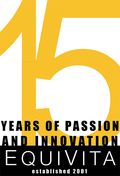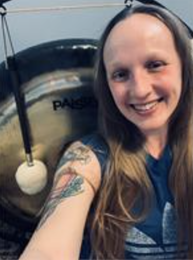
The protocols that are feet specific, whether it be stretching the toes, or agility/flexibility drills or Short Foot exercises are recommended by most practitioners I have studied, to be performed every DARN day. In my observation many of us do not give our feet much provision in either training or consideration, we merely wear "good shoes" which may be the creation of largely outdated understandings that are a cost to the sensory function of our feet. Likewise, shoes can be seen as a structure of constriction that do not allow the foot to move force with power but encourages it to wither in braced, over padded, over lifted construction. So let’s power up.
Enter Short Foot
Short foot exercises are noted as the creation of a Czech physiotherapist named Vladimir Janda. By training the foot with Short Foot work, we can improve the control of the foot muscles and in turn create a more stable base of support for the leg, hips and the rest of the body. The ability to make a “short foot” is little about strength of the foot muscles, rather it’s more to do with the ability to use and control the intrinsic foot muscles. In other words, the ability to have these muscles “turn on”.
The words "turn on" nod to the way the intrinsic muscles of the foot--defined as group of little muscle that run mostly through the plantar arch--message upstream to the deep core to assist your body with the work of balance in motion. The deep core or inner core (goes by either) is made up of the pelvic floor, the diaphragm, the transverse abdominis and the multifidus. The deep core muscles, while only technically hosting one known Ab muscle, time off one another to assist you in staying balanced and up right during vertical movement of your body.
I find it very intriguing to continually learn how our amazing bodies stabilize us as we move like swift jungle cats on only two legs...it’s so interesting AND very lengthy to explain, so I have tried to lace this stuff together in the drawings below to provide some visual assistance. I have layered the deep front line of fascia with the muscles of the deep core and the intrinsic muscles of the foot, found mostly in your arch. I hope this seeds an image of why footwork and artful active control of the foot influence your best movement. When you practice the short foot exercises in the video instruction that Dr. Spichal has created, it is possible to feel the tightening in your lower abdomen when you draw the big to into a short position.
READY, SET...SHRINK
To begin, you may be seated or standing.
First roll a ball through the fascia of the foot. Dr. Emily Spichal recommends pressing the ball into the various places on the foot for a brief 5 count hold and moving around various places through the plantar arch, the heel and the toe box. I use a decent slow drag pressure roll, the point is to hydrate the fascia of the foot so it can better perform work and for that I think both likely get the job done.
Next wake up your toes by simply spreading the toes as wide apart as you can, if at first you need to assist the spread of your toes by using your hands, please do, the goal is to create new range opportunity towards widespread toes, and sometimes this requires assistance.
Now you are ready to isolate the big toe and the 4 toes separately. Press the big toe into the ground and lift the four toes and then press the four toes into the ground and lift the big toe. Alternate these foot positions 4-5 times--this exercise was also used last month in Top-quality Cardio Feet.
NOW you are ready to better engage Short Foot training. For this work I am going to direct you to a video created by Dr. Emily Spichal. She is a veteran at this training, and I think this does a great job covering a deceptively sophisticated concept, in clear, easy to follow instructions. She makes it clear how the foot communicates to the core, and I think if you practice with her video, you have a strong shot at feeling/strengthening the connection of your foot to your core.
HOWEVER, this video is shot so you can see her whole body, and I find it useful to see the foot close-up, to get the best results out of your short foot training. Please refer to the foot selfies below before linking to the video!
As you view the foot images here, notice that you only slightly lift the pad below the big toe. Dr. Emily states that you only want to contract at about 20% of your power, that cue should help the user keep the toes tugging against the ground without curling under...toes crossed!
Kick butt, with the strongest foot you got! If you have any questions about any of the content in this article, I am interested! Please feel free to email me at [email protected].
In robust health!
Tami
Sources:
https://bjsm.bmj.com/content/49/5/290
Images:
https://www.theopclinic.com/op-explained/3-1-the-deep-front-line/
Myers, Tom. Anatomy Trains, Elsevier Ltd. New York, 2014
Special, Emily. Barefoot Strong: Unlock the Secrets to Movement Longevity, Dr. Emily Spichal, 2015

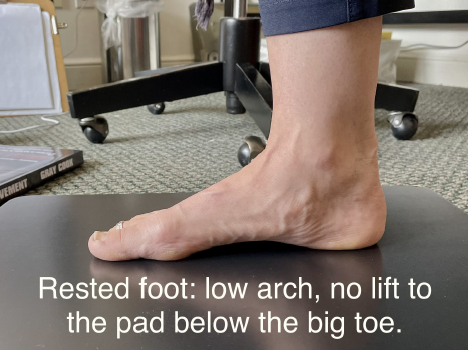
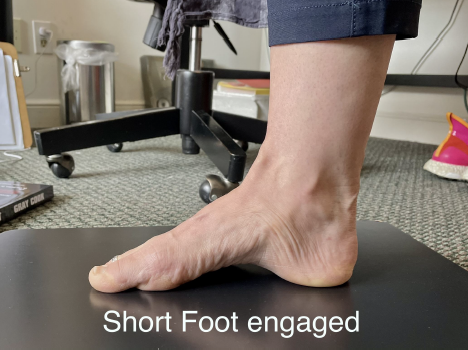
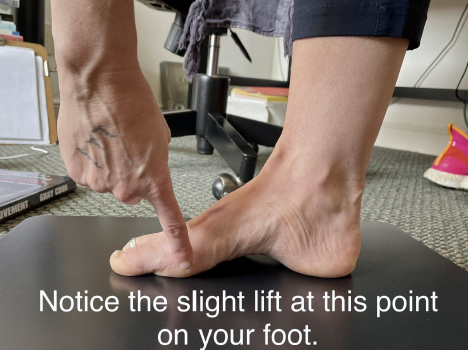
 RSS Feed
RSS Feed
